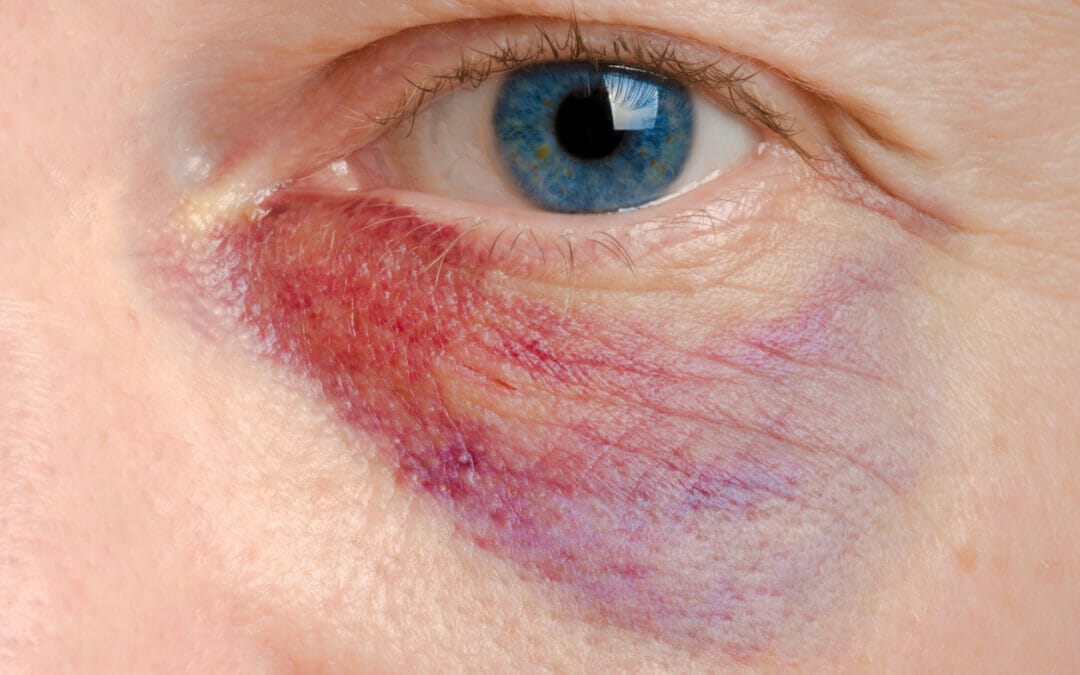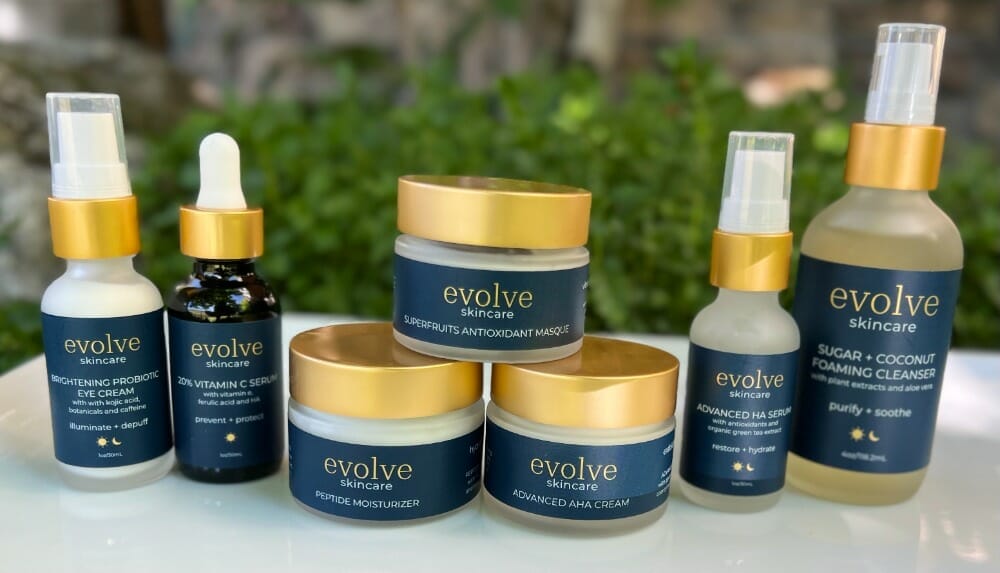
How can you limit bruising with Botox and cosmetic fillers?
How can you limit bruising with Botox and cosmetic fillers?
Let me start by saying that even the best injectors in the country can give a patient a bruise with any of the cosmetic injectables. Sometimes these things just happen! The good news is that they tend to not be a big problem and let’s see if I can teach you a few tricks to help as much as possible.
The first thing to keep in mind is when you schedule your procedure, make sure you don’t have any important work or social events for about a week just to be safe. If you bruise easily, you may need to plan for up to 2 weeks to completely heal. If your event is something more important, like a wedding or a reunion, I would recommend having fillers done at least 3 weeks before the big day.
What exactly is a bruise?
The bruises we are focusing on here occur as a result of traumatic injury with a sharp needle to the blood vessels near the surface of your skin. Once the blood vessel wall is broken, the blood leaks to the surface and pools within the tissue there. As the blood sits, it becomes darker in color and can be seen under the skin as a black and blue discoloration. In order for the bruise to resolve, the blood needs to be absorbed back into your body.
What can you do ahead of time to try to avoid getting a bruise?
Here are some things that you can actively do to help:
- Apply and/or take orally (it dissolves under your tongue) homeopathic Arnica Montana for 2 days prior to your appointment. You can find Arnica Montana at some pharmacies and natural food groceries (like Whole Foods, Vitamin Cottage and Natural Grocers). Make sure to read the label and follow the instructions on the bottle or tube (if it is a gel).
- Try eating pineapple 2-3 times a day for 2 days prior to injections. Or take bromelain (a pineapple-based enzyme). But keep in mind with this, the evidence of helping is only anecdotal! So if you don’t like pineapple, don’t worry about it.
Here are some oral medications, vitamins and supplements to AVOID for at least 10 days prior to your procedure:
Some of these medications and supplements may be needed for medical reasons, so check with your doctor first. The reason to stop these is that they make your blood less likely to clot, which makes bruising more likely. If you are on warfarin (Coumadin) or Plavix, stay on it unless you get the okay from your doctor to discontinue.
So these are the biggies to AVOID:
Over-the-Counter Medications:
- Aspirin
- Ibuprofen (Advil, Motrin)
- Naproxen Sodium (Aleve)
- Midol, Excedrin, and some cold medicines (check the label for the above listed ingredients)
Vitamins/Supplements:
- Fish Oil/Omega-3 Oils
- Vitamin E
- Ginkgo Biloba
- Garlic
- St John’s Wort
- Flax Seed Oil
- Red Yeast Extract
If you need something for pain it is no problem to take Tylenol (acetaminophen).
Another thing to avoid is drinking alcohol 1-2 days prior to your procedure. Alcohol is a vasodilator, so drinking can increase your chances of bruising.
Oops…You bruised. Now what?
Your bruise will last about 5-10 days and rarely longer.
How can I help my bruise go away more quickly?
- Avoid drinking alcohol 24 hours after having your injections done.
- None of the over-the-counter medicines, vitamins or supplements listed previously for 2 days post procedure.
- Icing or cold compresses for 5-10 minutes every hour.
- Arnica Montana orally and/or topically for 4 days
- topical vitamin K cream can be applied to speed resolution. We carry Auriderm (vitamin K cream) in our office for convenience.
I frequently do an IPL treatment on the bruise for patients 1 to 2 days after your procedure. This is quick and easily done in about a 10 minute appointment in the office. If you are interested in this, just book it the day you are in for Botox or filler or call the office if you realize after your procedure that you may benefit from this.
Can I cover the bruise?
Sure! This can be difficult at times, but some concealer can come in handy to hide those dark bruises. I have been told that one good technique is to put very thin layer of concealer on, then use a light layer of powder over to set it. You can repeat it two to three times to build up more coverage. The last layer should be powder – but be careful so that it doesn’t look too cakey. If the bruise is on your lip, then lipstick should do the trick.
Good luck and know that a bruise is not harmful, it just can be an unsightly inconvenience for a while!











